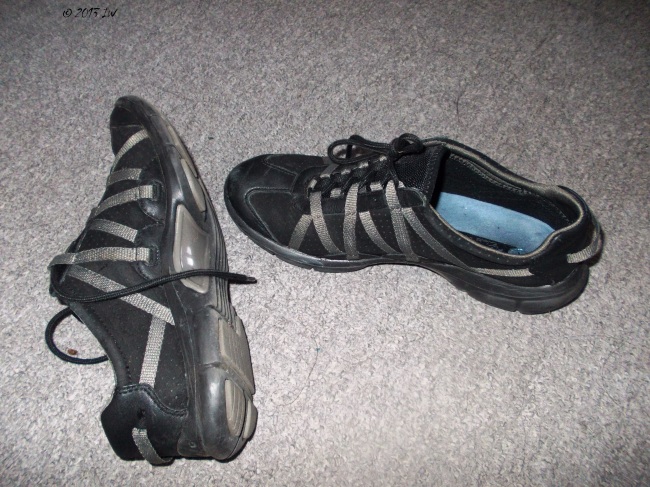A while ago, if asked how many sorts of potatoes do I know, I will candidly answer mentioning the 'usual' big brownish ones and those with a delicate peel that I love to taste roasted in the spring. In time, I added to my short and only list the sweet ones, with a different kind of peel - more thick -, that need more time for boiling and with...of course, a sweet taste. It says enough about my ignorance, isn't it?
However, after years of living in Germany, the country where the potatoes were largely and first experimented in Europe in the 18th-19th century, I started to discover how far I am at least from a historical knowledge of the long list of potato types. As for the tasting part, I am almost nowhere, but promise to try at least one new sort of potato the month and to share my experiences on my blog.
Let's take a couple of examples of those potatoes that insist to come in so many different sizes, forms and, of course, tastes:
It is impossible to talk about the German potatoes without mentioning Kaiser Wilhelm. They are ready to be harvested relatively early in the year, at the end of July, compared with the most part of the potatoes that are fresh for the kitchen deposits in September. They are round, with a yellowish flesh and a brownish skin. They can be cooked in different ways, including as the main gnocchi ingredients, or as mashed, salty wedges or French fries.
Linda Potatoes is not only the name of a German band, but also a local bio type with a
problematic patent history. Due to its strong core, it is rather considered a good ingredients for salads, following a longer boiling time.
Vitelotte is the beautiful purple dark blue or even black potato, that I tasted before only as chips. Due to name, they are also called 'Violetta'. This is rather a French type, where they were planted for a long time. They need to be cooked for a long time than the average type.
A violet shape has Piroschka too, a potato originally from Austria, cultivated from 1981-1988: an oval shape with a red purple skin, recommended for salty wedges.
I don't remember if I ever saw La Ratte, but their description make me thing that they can be very tasty: a buttery texture, nutty flavour. Recommended both for roasting and boiling.
Meanwhile, I am sure I saw and even eaten Laura potatoes. They were first recognized in 1998 in Austria. 'Laura' is red skinned, with an oval shape and a yellowish flesh.
The Annabelle variety is very common in the Western supermarkets: a waxy yellow flesh and an oval shape. It is recommended for salads and can be prepared especially steamed or boiled.
Another French type is Roseval. Created in 1950, they are ready for harvest mid-August/September. Their skin is red, and their flesh yellow, with an oval shape.
Desirée is highly appreciated not only for its red or pink skin, but also for the multiple recipe combinations that it can enter. You can boil, roast or steam those potatoes, serve them as mash or wedges, eventually with some spices or only with a plain tomatoes salad.
A non-expert like me can easily confound them with Mozart, a relatively new type, that looks almost similar and can be easily introduced in various combinations and recipes.
The last two types of potatoes are preferred in the UK, so let's back to our German diversity. Here you can find the old Bamberg potato, cultivated from centuries in the Franconia region. It is not sophisticated at all either in appearance or taste, with a nutty aroma and the classical yellow flesh.
During the DDR times, several types of potatoes were created, and Ora was among them. They have a light yellow skin and a sweet taste. The recipes at the time of the Cold War used them for various soups, ratatouille, mashed or the traditional knoedel.
Among the German types, the historians may mention as well: Aquila (on the market between 1942 and 1967), sweet and with a mild consistency; the more recent Ditta, cultivated since 1991, that has the advantage of lasting quite long.
Last but not least, I will be curious to see and taste Punane, a typical Estonian potato. It is described as round, with a yellow flesh and dark red skin, with a smooth mild taste. They are recommended for French fries, salads, roasting or wedges.
Most documentation was provided by resources available at
Domane Dahlem.







